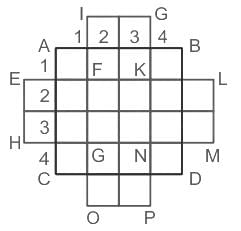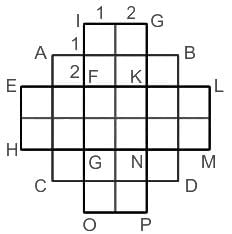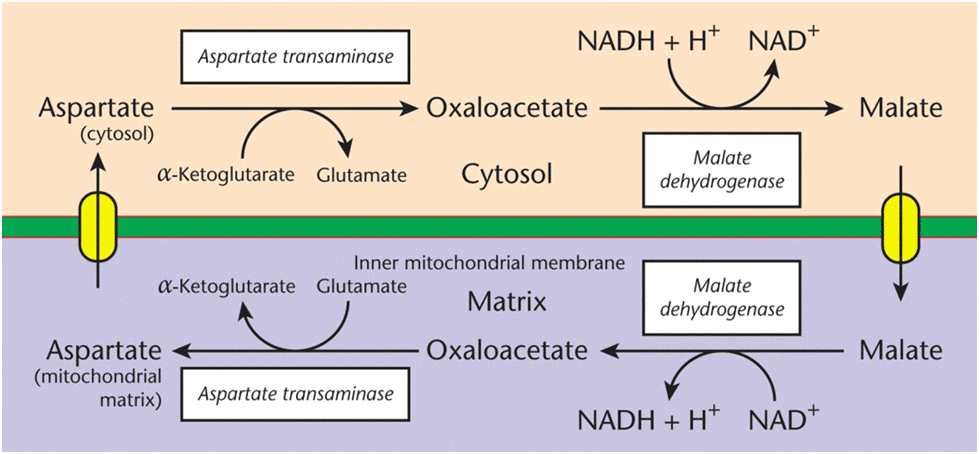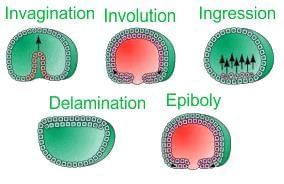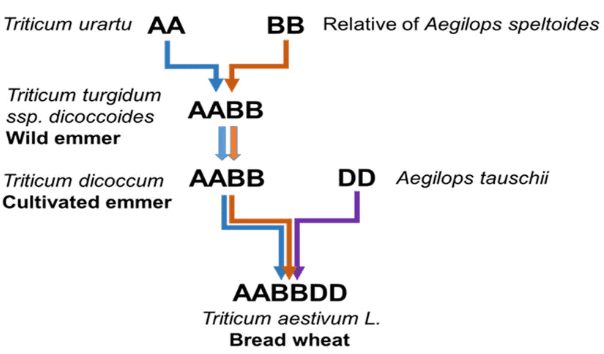CSIR NET Life Sciences Mock Test - 5 - UGC NET MCQ
30 Questions MCQ Test - CSIR NET Life Sciences Mock Test - 5
Let ‘m' and 'n' be two positive integers such that m + n + mn = 118, then the value of 'm + n' is -
Two pipes P and Q can fill a tank in 6 hours and 9 hours respectively, while a third pipe R can empty the tank in 12 hours. Initially, P and R are open for 4 hours. Then P is closed and Q is opened. After 6 more hours, R is closed. The total time taken to fill the tank (in hours) is ____.
Today is Monday. What day will it be after 61 days?
Count the number of squares in the given figure?
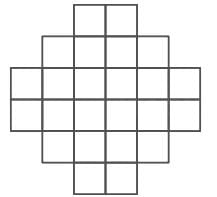
The monthly distribution of 9 Watt bulbs sold by two firms X and Y from January to June 2018 is shown in the pie-chart and corresponding table. If the total number of LED bulbs sold by two firms during April – June 2018 is 50000, then the number of LED bulbs sold by the firm Y during April – June 2018 is _____

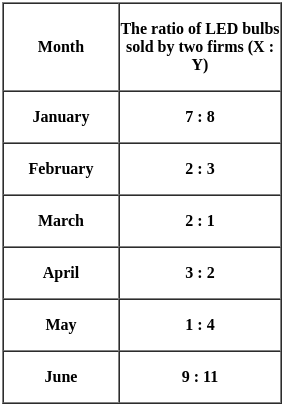
A 1 m long rod having diameter of 12 mm weighs 880 g . What, approximately, is the density (in g/cm3) of the material of the rod?
In humans, if both parents are of blood group AB, then, there is a 1/4 probability that their offspring will be of blood group A, and 1/2 probability that the offspring will be of blood group AB. If the couple have three children, what is the probability that NONE of the children will be of blood group A or AB?
Which of the following correctly describes the malate-aspartate shuttle?
You are studying a gene involved in cancer. Loss-of-function mutations in this gene lead to uncontrolled cell division. Which of the following gene classes does this gene most likely belong to?
The Ri plasmid from Agrobacterium rhizogenes contains genes for auxin and cytokinin synthesis along with genes for mannopine and agropine synthesis, while the genes for mannopine catabolism lie outside the T-DNA region. Which one of the following genes are involved in providing a nitrogen source to Agrobacterium in its ecological niche?
The electrophoretic technique used to separate very large DNA segments is:
In affinity chromatography, the protein bound to the column can be eluted using a buffer containing
Which of the following statement is true about zebrafish gastrulation?
Which of the following plant species has contributed to ‘A’ genome of Triticum aestivum ?
The Redfield ratio is an index of concentration of :
The expression of a hypothetical gene was analyzed by Northern and Western blot hybridizations under control and induced conditions. The results are summarized below:

Expression of genes can be regulated by:
P. Control at transcription initiation
Q. Alternative splicing
R. Control of translation initiation
S. Protein stability
Which of the above regulatory mechanisms can explain the observations shown in the figures?
Select the correct statements about the respiratory regulation by central and peripheral chemoreceptors:
A. Central chemoreceptors are primarily sensitive to the carbon dioxide levels in cerebrospinal fluid.
B. Peripheral chemoreceptors, located in the carotid and aortic bodies, respond mainly to arterial blood pressure.
C. An increase in carbon dioxide levels triggers an increase in breathing rate and depth via peripheral chemoreceptors.
D. Hypoxemia leads to increased activity of central chemoreceptors.
What conclusion can be drawn about the responsiveness of plasma growth hormone levels to dietary intervention in the context of kwashiorkor?
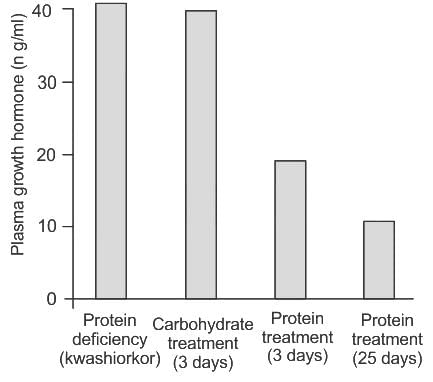
DNA from a bacterial strain with genotype p+ q+ r+ s+ t+ was isolated and used to transform a strain of bacteria that was p- q- r- s- t-. The transformants were tested for the presence of donated genes. The following genes were co-transformed:
- p+ and r+
- q+ and s+
- t+ and s+
- r+ and q+
Which one of the following options gives the correct order of genes on the bacterial chromosome?
In a stressful condition ACTH secretion was increased as a result of glucocorticoid concentrations in blood. One or a combination of the following changes most likely taking place in this condition:
A. decreased circulatory eosinophils and basophils
B. decreased IL2 release
C. potentiated inflammatory response to tissue injury
D. increase mitotic activity of lymphocytes in lymph nodes
The correct answer is:
Which of the following statements best describes the observed survivorship curve for the song sparrow (Melospiza melodia) species?
Newly identified proteins A, B, and C are associated with the mitochondrial membrane fraction. The above mitochondrial membrane fraction is subjected to alkaline carbonate treatment (buffer pH 11.5) followed by fractionation by centrifugation into soluble and insoluble pellet components. The following observations were made from the above experiment:
i. Proteins A and B are fractionated into soluble components.
ii. Protein C is fractionated into insoluble pellet components.
Based on these observations, the following inferences are made:
A. Proteins A and B are peripheral membrane proteins.
B. Protein C is an integral membrane protein.
C. Protein C is a peripheral membrane protein.
D. Proteins A and B are integral membrane proteins.
Which one of the following options represents the combination of all correct statements?
Two human disorders, Prader-Willi syndrome and Angelman syndrome, occur when a small deletion in a specific region of chromosome 15 is contributed by either the father or mother, respectively. Why does this small deletion not behave as a recessive allele for either syndrome, that is, why is its loss not made up for by the good copy of the region on chromosome 15 contributed by the other parent?
The following statements describe the effects of hormones on renal physiology:
A. Aldosterone increases sodium reabsorption and potassium excretion in the distal tubules, thereby increasing blood volume and GFR.
B. Vasopressin (ADH) acts on the collecting ducts to increase water reabsorption, leading to concentrated urine and a decrease in GFR.
C. Angiotensin II directly constricts efferent arterioles to maintain GFR under conditions of low renal perfusion.
D. Atrial natriuretic peptide (ANP) reduces renal vascular resistance, leading to increased GFR and enhanced sodium excretion.
Which one of the following options represents the correct combination of statements?






